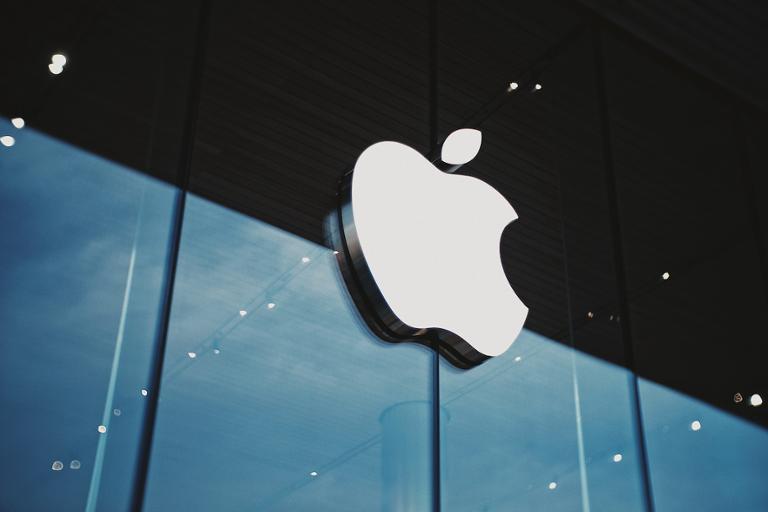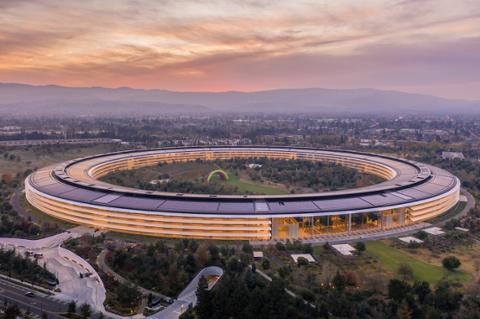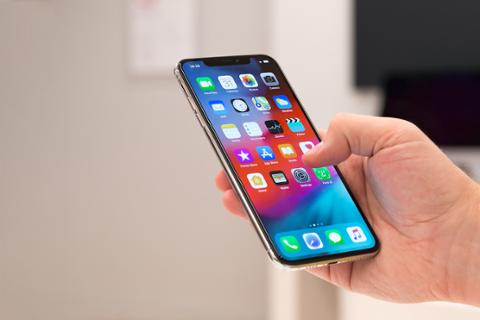The past two years were relatively quiet ones for Apple on the product front, aside from the release of hardware running the impressive M-series chipset, which the company developed in-house. With 2022 just a few weeks away, could Apple again shake up the tech world?
It’s helpful to remember that Apple alternates “quiet” periods with bursts of activity. For example, 2017 was a make-good year for Apple, introducing a lot of features and tooling developers had been asking for. WWDC 2019 was low-key but likewise jam-packed.
Many pundits and analysts believe Apple may use 2022 to finally release its long-rumored augmented reality (AR) headset and development platform. This platform, dubbed “rOS,” AR isn’t the only thing in Apple’s future, though. We spoke to experts to find out what they think the company will bring in 2022, and how AR may change how they develop and release apps.
What Moves Has Apple Made Already That Suggests to You an AR Headset Is Coming?
“I think the M1 processor, with its Neural Engine and high efficiency combined with the new sensors like Lidar, is a really good indicator that smart glasses are coming,” says Drogos Dobrean, Director of mobile app development firm appsemble. “The main problem with the current AR experiences is that they are not user-friendly; in order for a user to interact with digital content in the real world, it has to use the phone or tablet to do so.”
Others caution patience when it comes to a potential AR rollout, though that may also be due to Apple’s secretive nature. “Even though there have been rumors, the 2022 timeline feels ambitious,” Rik Haandrikman, Vice President of Growth at mobile app development company Bitrise, tells Dice. “Front runners in AR today such as Microsoft and Magic Leap offer a user experience that Apple would not be able to match without a quantum leap in technology.Unless more substantial information is leaked, it seems unlikely that Apple will make the necessary progress next year to release a product equivalent to the current AR leaders.”
Dobrean points out Apple’s work might be unheralded, but it’s no secret. “Another good indicator [AR is coming soon] is technologies developed by Apple, like Object Capture, help developers and users take real objects and scan them to be used in a digital world. Apple is working hard to enable people to easily analyze and convert real objects into digital content.”
How Do You Feel an AR Headset Will Change How You Develop Apps?
All developers we spoke to agree the true benefit of AR is the experience it provides users. The “augmentation” of AR should be additive and experiential. If you are using an AR headset for guided walking directions in a city and miss your turn, shouldn’t the headset do more than just re-route you on a longer path?
“Through an AR headset, users can see reality as it is, but with the advantage of adding visual simulations to their liking,” says Steven Walker, CEO of Spylix. “As an app developer, using an AR headset will surely give me a firsthand experience of how my app will work and enable me to continuously make improvements before I finally release it to the world. I will be able to add different features to the app during the development process and visualize how they make navigation or usage of the app more accessible for the user.”
Others aren’t sure it will be so straightforward. “Developing apps to accommodate this will be fundamentally different than anything mobile app developers have encountered so far,” Haandrikman tells Dice. “Previously, mobile teams have primarily used automated testing. This is unlikely to work for AR due to the large amount of variables users may experience in augmented reality.”
The current release process tends to work, Haandrikman added, “so it’s expected that AR apps will continue to leverage Apple’s existing infrastructure (the App Store, developer accounts, code signing, etc.). Another process that will stay mostly the same is the compilation of apps for installation on a device, the only difference is the file sizes will be larger.”
Those large files will likely live on a handset like the iPhone, which could position Apple’s headset in the same way its Apple Watch makes an iPhone must-have hardware. “I think a lot of mobile developers will transition to developing apps for the AR headset, there will be a huge market for startups and new technologies to be developed,” Dobrean adds. “I believe mobile applications will continue to flourish, but there will be a symbiosis with the headset.”
Dobrean thinks the first iteration of AR headsets will act as extensions to current devices (i.e., iPhones, Macs), which will handle computing and data transfer, while the rendering of AR elements will take place on the headset. Other developers also believe Apple’s various operating systems (iOS, iPadOS, watchOS, tvOS, macOS, and whatever “rOS” might be) will become far more integrated as a result of AR.
“It seems likely we’ll see additional functionality aimed at offering a cohesive ‘Apple ecosystem experience’ in the next OS versions” Haandrikman says.
What Are Three Changes/Additions You’d Like to See Apple Make for Developers In 2022?
Better documentation and better tools for developing applications—those are some of the things that developers would like Apple to work on in 2022.
“In the last years, we've seen a decrease in the quality of the development tools, where new versions exhibited a lot of bugs and glitches,” Dobrean says. “Another thing I would love to see improved is the App Review process, I think they could do a better job at analyzing the submitted applications, we were quite frequently in situations where they would reject our submitted apps for no real reasons and we would have to go through an appeal process to make them understand the features of the apps.”
In order to address the issues faced by app developers, Apple needs to institute more support for tools and services, other developers suggested. This could come in many forms, from third party support to API improvements, as well as other steps to connect to existing systems and automations that will make teams much more effective. These would also promote best practices that are commonly seen in other forms of software development.
“It may be a long shot, but expanded support for cross-platform development frameworks would be extremely helpful to developers,” Haandrikman tells Dice. “The majority of apps are built for both Android and iOS, requiring teams to write separate code using separate sets of tooling, all to produce almost identical experiences across two platforms. Supporting cross-platform development frameworks would make developers’ lives easier, with very little downside for Apple.”
Could Apple expand beyond its “core languages” of Objective-C and Swift to support Kotlin, which Google prefers for Android app development, and is similar in some ways to Swift? “In 2021, Xcode Cloud was the most exciting release for developers from Apple. It is an amazing step towards happier developers and better apps, but for all of its benefits, it only solves a small portion of the challenges developers face in building a mobile product,” Haandrikman adds.
All told, our panel of developers seems to agree that an AR headset is likely coming soon. Respected analyst Ming-Chi Kuo believes we’ll see such a headset in late 2022, likely around the release of the next iPhone. There’s still plenty of uncertainty surrounding Apple’s AR headset, but keep an eye on WWDC 2022 for clues… or possibly a first look at the platform and headset.



